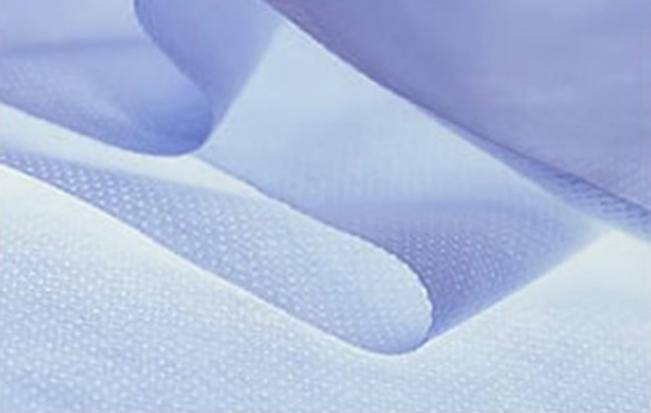Belgian researchers have revealed the concept for a fabric that can keep a person warm when worn one way and cool them down when worn the other way. Muluneh Abebe and colleagues at the University of Mons used simulations to show how the infrared-emitting features of their “Janus textile” could allow it to be worn comfortably across a 13°C temperature range. Despite the fact that large-scale production of the material is not currently practical, the researchers hope that their findings will spur more study into comparable materials.
Conduction and convection transmit around half of the heat lost by our bodies to the surrounding air when we are at rest in indoor surroundings. We may simply slow these processes by layering garments to stay warm. However, infrared radiation from the skin and garment surfaces accounts for the remaining 50% of heat loss at rest. As a result, altering the surfaces of clothes to reduce radiative loss – or to increase it to improve cooling – is required.
Textiles with photonic engineering
However, until now, most cooling fabrics have been made up of impermeable membranes that trap air and moisture against the skin, making them uncomfortable to wear. Abebe’s team used the enhanced capabilities of photonic tailored textiles to solve this problem. Integrating infrared-emitting and absorbing components into mechanically flexible fabrics is one of these.
The researchers describe a speculative concept for a Janus cloth with a thickness of 20 metres, named after the two-faced Roman god Janus. The material’s two interlaced sides are made up of two different types of fibres: dielectric and metallic, with highly differing infrared-emitting capabilities. On the one hand, dielectric fibres can release a considerable amount of radiation, but metallic fibres have a low emissivity.
The Janus textile is thin and flexible, in addition to its passive heating and cooling qualities. Moisture should be able to travel away from the body through gaps between the threads, assuring the wearer’s comfort. For the time being, Abebe’s team recognises that high manufacturing costs may prevent such reversible materials from appearing in our clothing anytime soon – but with more research, they hope that new patterns will keep us comfortable in a variety of temperatures.

